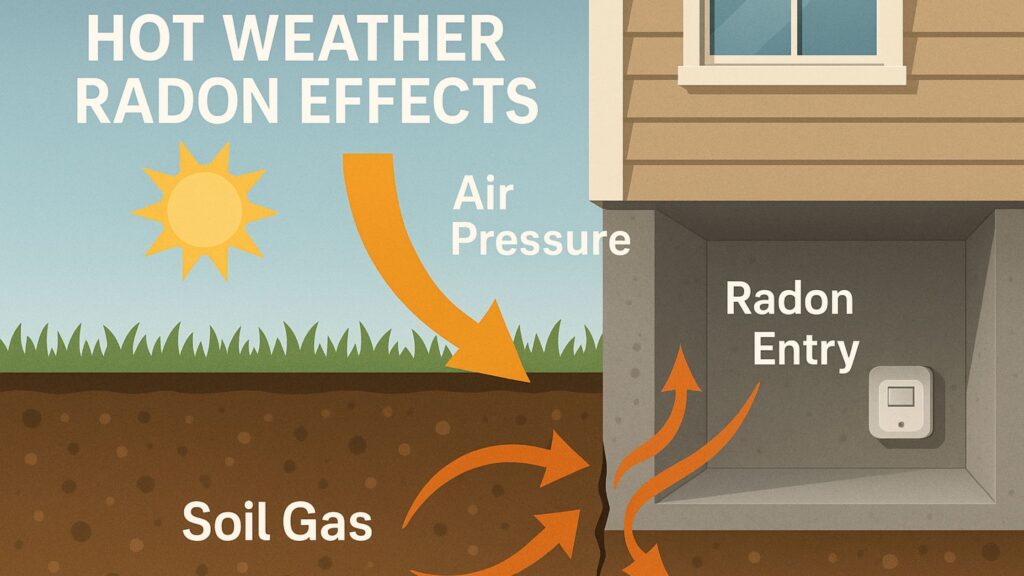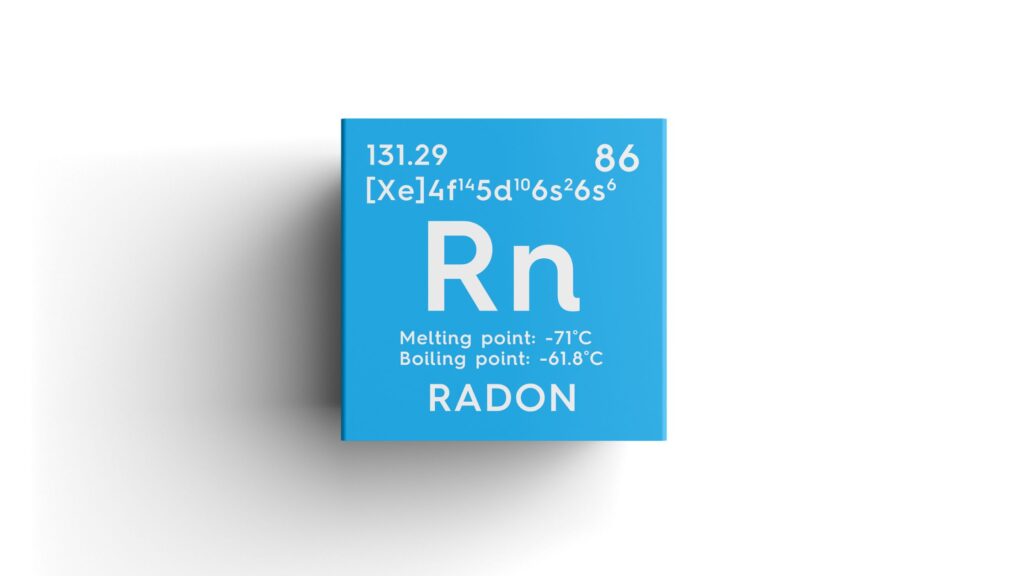Installing a radon mitigation system is a crucial first step in protecting your home and family from the dangers of radon gas. However, the installation alone isn’t enough to ensure long-term safety. Over time, factors like wear and tear, environmental changes, and system shifts can affect its performance. This is where a Radon System Maintenance Plan becomes essential.
A maintenance plan is a proactive approach that ensures your system continues to operate effectively and maintain low radon levels year after year. By understanding and following a well-structured maintenance plan, you can ensure your radon mitigation system delivers lasting protection and peace of mind.
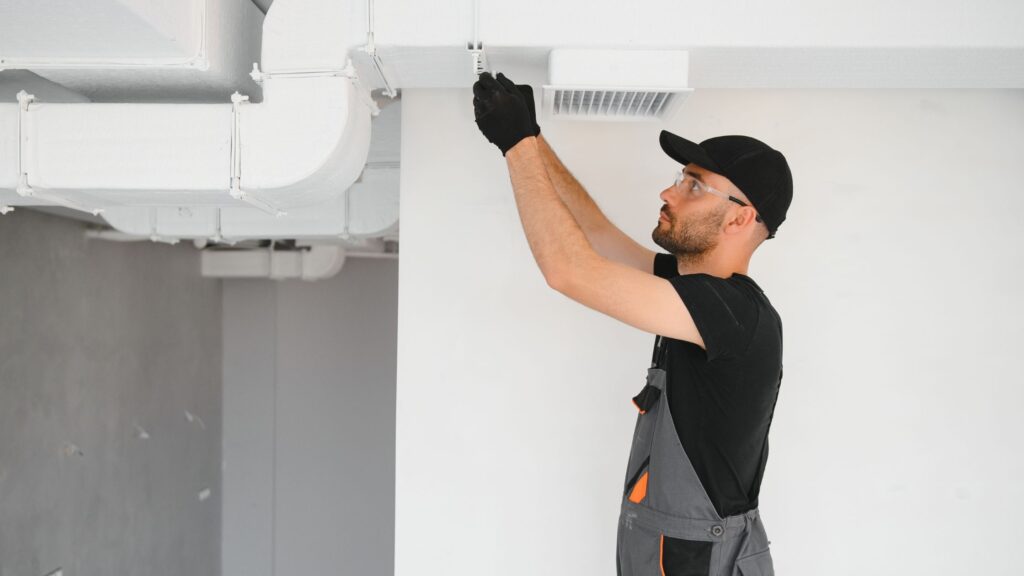
Why Create a Radon System Maintenance Plan?
Maintaining your radon mitigation system is crucial—it’s not something you can skip. A well-designed Radon System Maintenance Plan helps protect your indoor air quality and keeps your family safe from the dangers of radon gas. Over time, your system may lose efficiency: fans may wear out, seals may degrade, vents may shift, or foundation cracks may form. Without a maintenance plan, the system’s performance can gradually decline without you noticing.
A Radon System Maintenance Plan offers multiple benefits. First, it ensures that your system continues to perform its primary function—reducing radon levels. Second, it allows you to identify issues early, preventing increased radon levels or costly repairs. Third, regular maintenance keeps your home safe and preserves its value. Ultimately, having a maintenance plan in place provides peace of mind, ensuring your radon mitigation system works effectively year after year.
What a Radon System Maintenance Plan Should Cover
A comprehensive Radon System Maintenance Plan should include regular inspections and procedures to ensure your system’s effectiveness and integrity. Here are the key components:
a) Radon Level Testing & Performance Review
Start by testing or reviewing your monitoring data to confirm radon levels remain low. Compare current results with past data to detect any increasing trends.
b) Fan and Motor Inspection
The fan is the heart of your system. Check that it’s functioning properly, with no excessive vibration or noise, and ensure its mounting is secure.
c) Venting System Check
Inspect the vent pipe for any cracks, disconnections, or blockages. Confirm the vent terminates properly above the roofline and remains unobstructed.
d) Suction Points and Seal Integrity
For systems with suction under slabs or in crawlspaces, verify that all seals are intact. If cracks or gaps have appeared due to foundation shifts or renovations, resealing should be included in your maintenance plan.
e) Airflow & Pressure Assessment
Measure airflow and pressure differences to ensure your system is effectively drawing radon gas away from living spaces.
f) Monitoring Devices & Alarms Verification
Test the functionality of airflow indicators, alarms, and sensors. Replace any batteries, and make sure the alarms are audible or visible to detect early warnings.
g) Documentation & Logging
Maintain records of installation details, past test results, inspection reports, and the date of the next scheduled check. This ensures you can track your system’s performance over time.
h) Review after Renovations or Structural Changes
If you’ve made changes like renovations, added plumbing, or altered the foundation, your Radon System Maintenance Plan should include a reassessment of the system to ensure it still meets your home’s needs.
By covering these areas, your Radon System Maintenance Plan ensures ongoing protection and keeps your system running effectively.
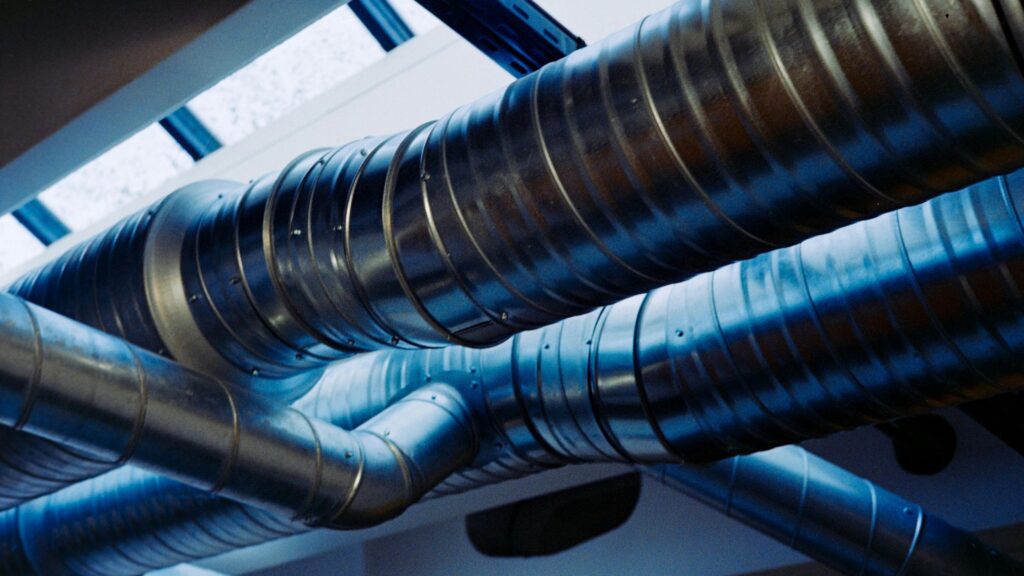
How to Implement Your Radon System Maintenance Plan
Implementing your Radon System Maintenance Plan becomes simple when you follow a clear, structured approach:
- Choose your schedule: Set a specific month each year for your check-up to ensure consistency.
- Set reminders: Use a calendar or maintenance app to remind you ahead of time, so you never miss the annual check.
- Select a qualified provider: Hire certified professionals to ensure your plan is carried out correctly.
- Follow inspection steps: Stick to the checklist (testing, fan inspection, vent checks, seal evaluations, airflow assessments, monitoring, documentation, and any necessary changes).
- Review and act: After the inspection, review the report, address any recommended fixes, and update your records.
- Follow up: Keep track of findings, changes made, and schedule the next evaluation date. This is key to your plan’s success.
- Educate your household: Ensure everyone knows that the system should always be on and that vents must remain clear.
By following these steps, your Radon System Maintenance Plan ensures that the mitigation system stays reliable and effective over the long term. Learn more about Cost to Repair a Radon Mitigation System.
Long‑Term Benefits of Maintaining Your Radon System
Maintaining a Radon System Maintenance Plan offers several important long-term benefits:
i. Continuous protection: Regular annual checks and adjustments ensure that your radon levels stay consistently low, providing ongoing protection for your home and family.
ii. Reduced risk of unexpected problems: Early detection of wear or changes in the system prevents larger, costly issues from arising in the future.
iii. Enhanced home value and air quality: A documented maintenance plan shows your home is well-maintained, boosting value and reassuring buyers about air quality.
iv. Peace of mind: Knowing that your system is regularly monitored and maintained gives you confidence that your home remains protected.
v. Cost-effective strategy: Proactive maintenance helps minimize the risk of unexpected repairs or replacements, saving money in the long run.
In short, following a well-structured Radon System Maintenance Plan ensures your home’s ongoing safety, stability, and peace of mind.
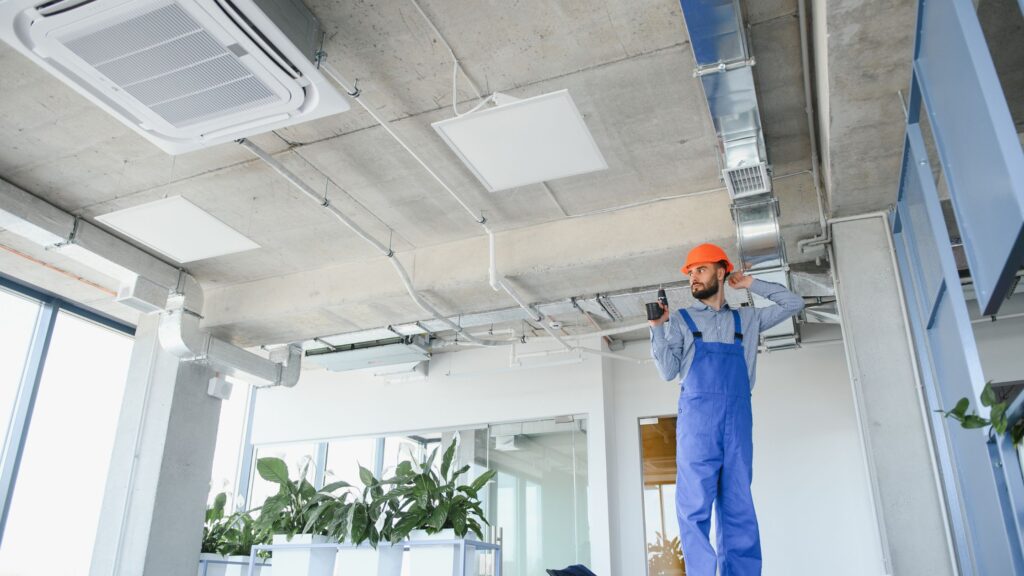
Conclusion
Implementing a Radon System Maintenance Plan is crucial to ensuring your mitigation system performs effectively year after year. This plan includes regular testing, fan and vent inspections, airflow monitoring, proper documentation, and adjustments for any structural changes. By incorporating this plan into your annual home safety routine, you protect indoor air quality, preserve your home’s value, and enjoy long-term peace of mind.
For professional support with your radon mitigation system, turn to the experts at Des Moines Radon. They provide certified testing and mitigation services for both residential and commercial properties and can help manage your Radon System Maintenance Plan from start to finish.


